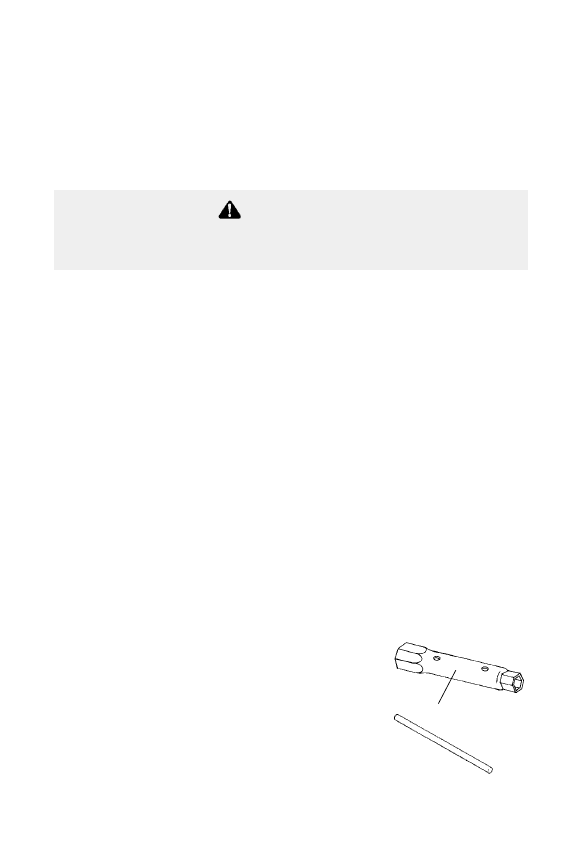Snowmobile Polaris RMK & Switchback (2004 year). Manual - part 19

75
MAINTENANCE
General Maintenance
Spark Plugs
Spark plug condition is indicative of engine operation. The spark plug
firing end condition should be read after the engine has been warmed
up and the vehicle has been driven at higher speeds. Immediately
check the spark plug for correct color.
NOTE: Incorrect fuel mixture can often cause a spark plug to appear
too dark or too light in color. Before changing spark plug heat ranges,
be sure the correct main jet is installed in the carburetor(s). Refer to
the Owner’s Manual Supplement or see your dealer.
1. Normal
The normal insulator tip is gray, tan or light brown. There will be few
combustion deposits. The electrodes are not burned or eroded. This
indicates the proper type and heat range for the engine and the service.
NOTE: The tip should not be white. A white insulator tip indicates
overheating, caused by use of an improper spark plug or incorrect
carburetion adjustments.
2. Wet Fouled
The wet fouled insulator tip is black. A damp oil film covers the firing
end. There may be a carbon layer over the entire nose. Generally, the
electrodes are not worn. General causes of fouling are excessive oil,
use of non-recommended injection oil, improper use of the choke, or
incorrect carburetion adjustments.
Spark Plug Removal and Replacement
1. Remove the spark plug cap.
2. Using the special wrench provided in the
tool pouch, rotate the spark plug
counterclockwise to remove.
3. Reverse the procedure for spark plug
installation.
4. Torque to 18-22 ft. lbs. (24.4-29.8 Nm).
5. Install spark plug cap.
WARNING
A hot exhaust system and engine can cause serious burns. Wear
protective gloves when removing a spark plug for inspection.
1